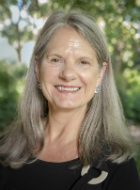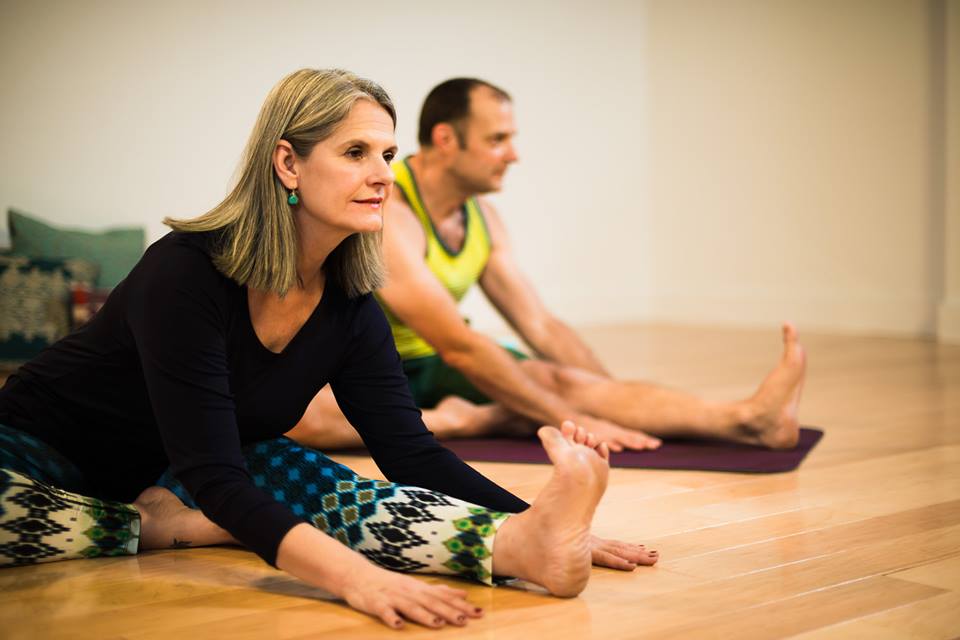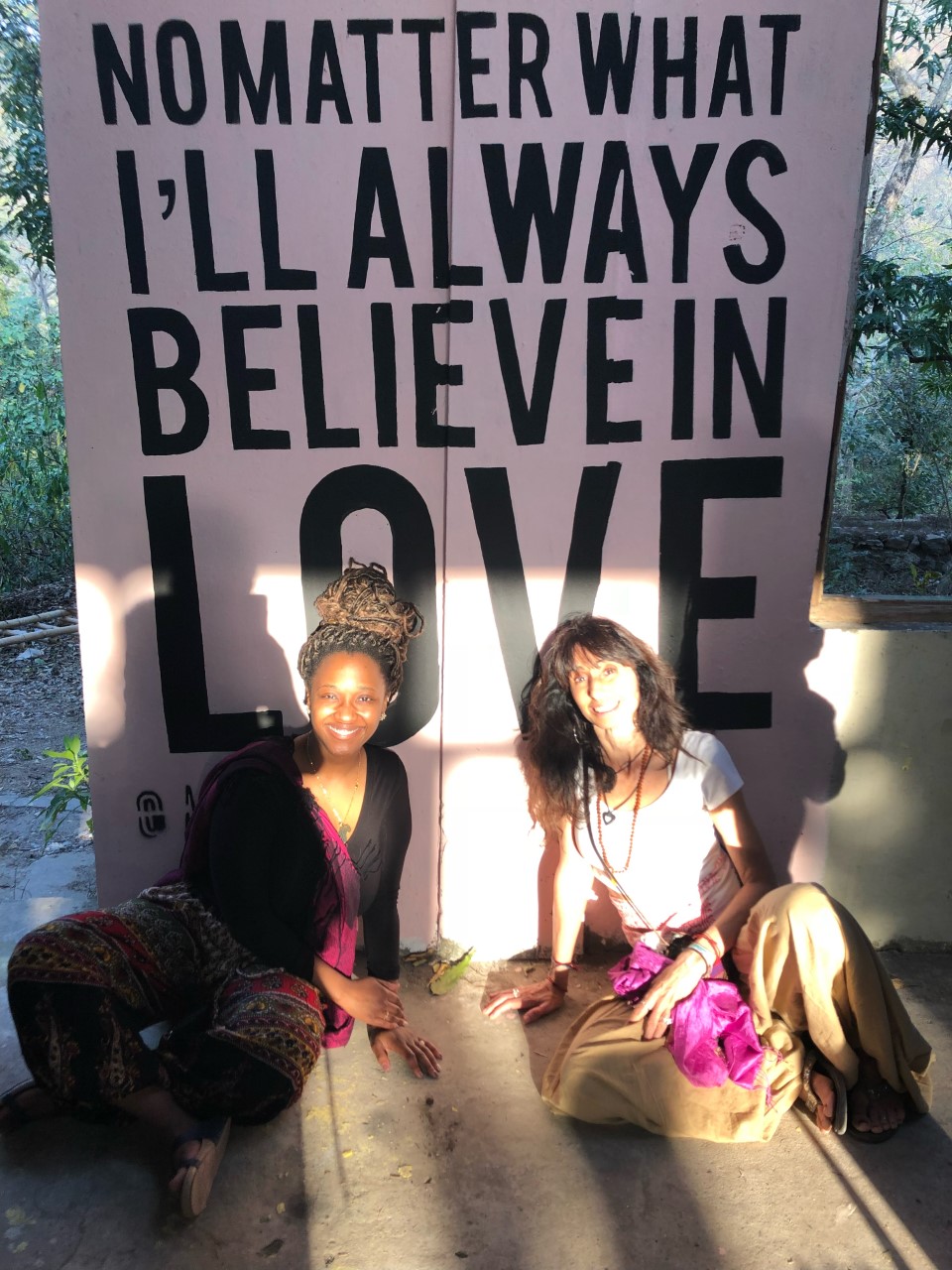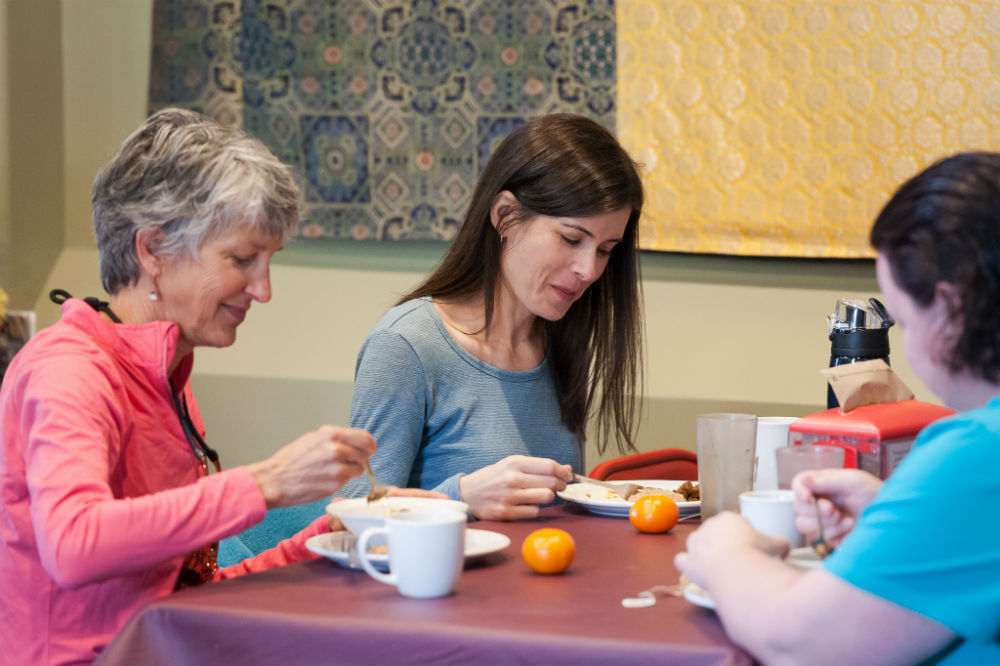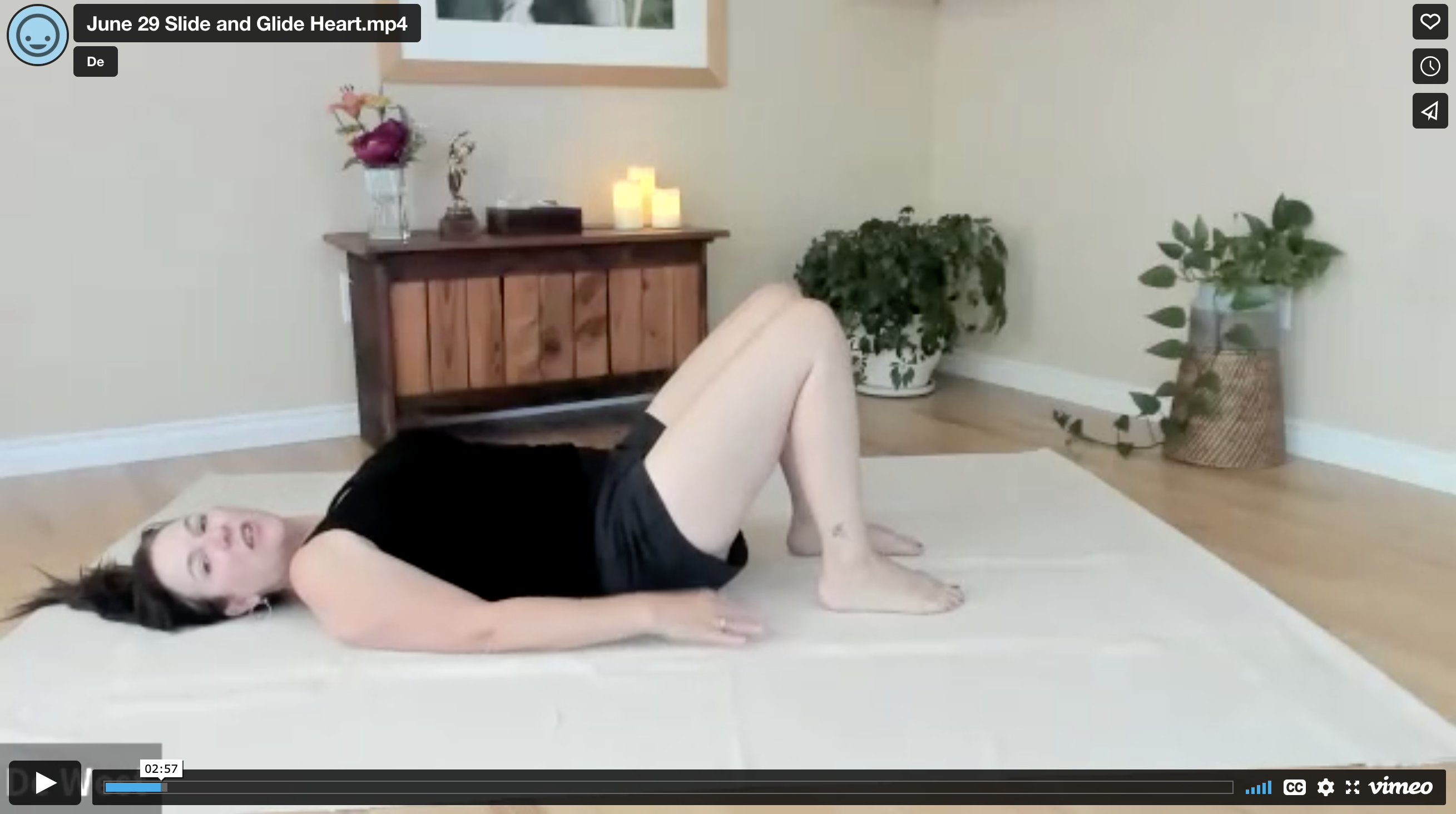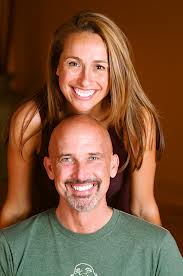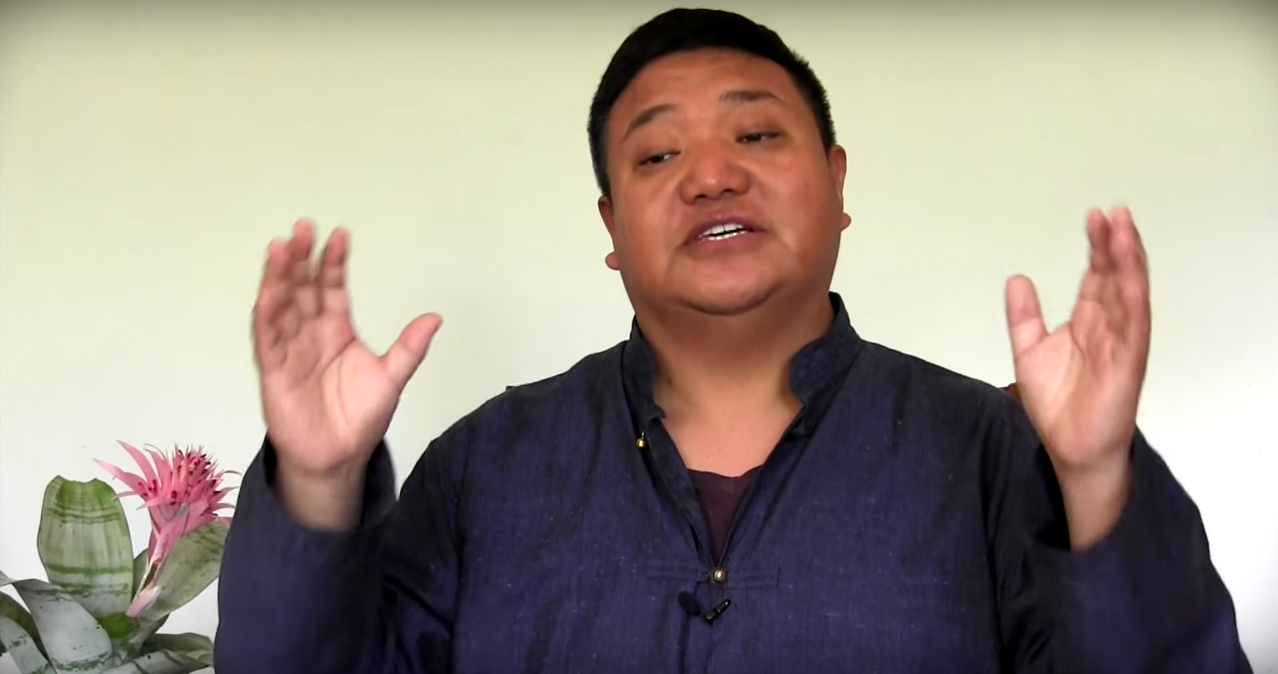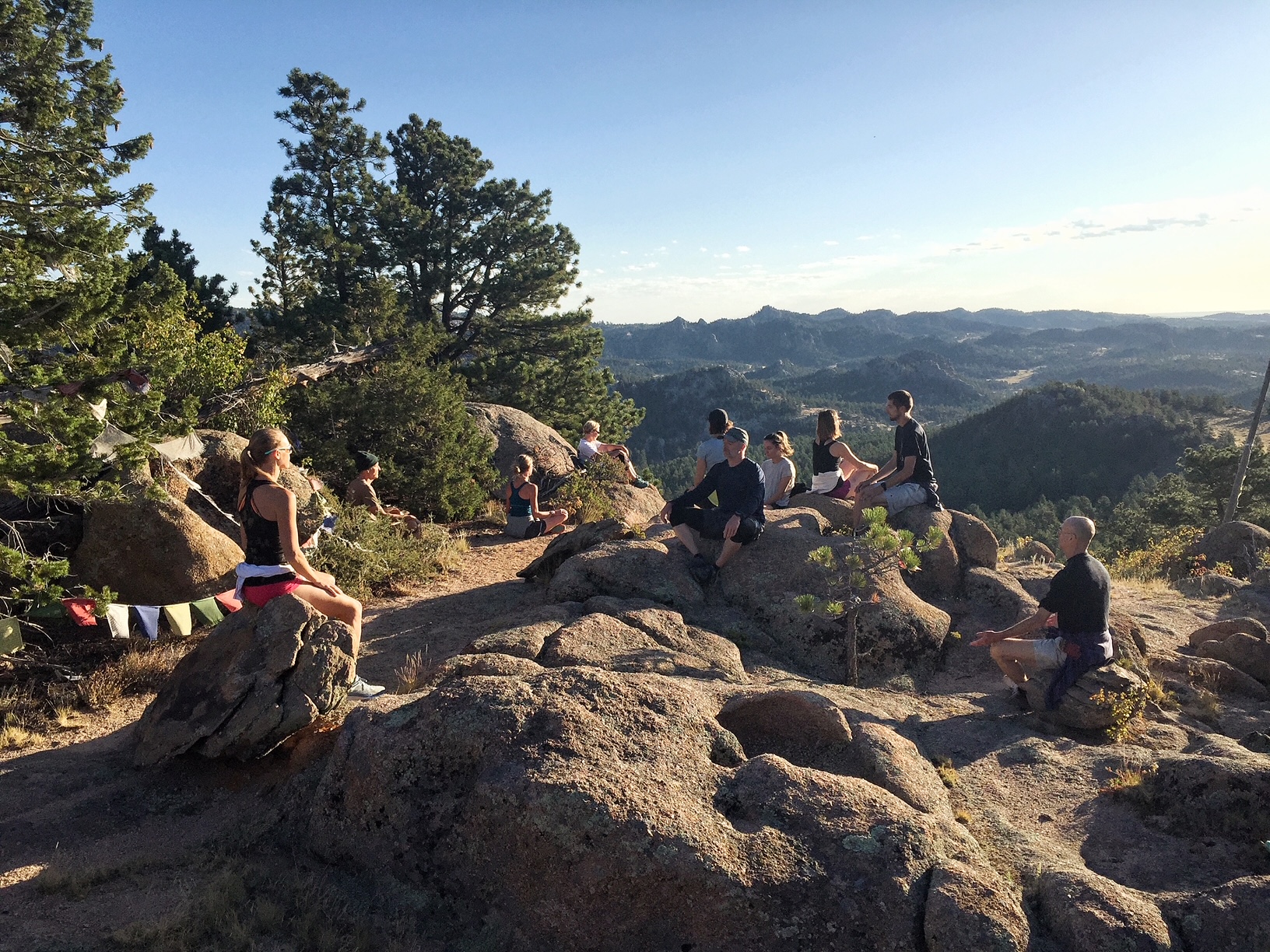Radical Inclusivity and Just Showing Up
By Cyndi Lee //
The other day a friend of mine texted to cancel our lunch date. The reason, she wrote, was that her body wasn’t feeling well and was telling her it needed to rest. After wishing her a delicious nap and a speedy recovery, I couldn’t help but wonder about this conversation between her and her body. I pondered how it could be that her body is not her and, if so, who is she that isn’t a body? Of course, this brings up age-old questions about the nature of consciousness, impermanence, and the definition of the true self. But what I’m really struck with is how we separate ourselves from ourselves.
The word yoga comes from the Sanskrit word, yuj, which is typically translated as to yoke or bind, to join, unite or re-unite. In other words, yoga is relationship. Of course, we know that mind and body are part of each other. You cannot have a body without a mind or a mind without a body. But sometimes we forget.
One of my Zen teachers opens her meditation instruction by encouraging attention to upright posture: “Begin with that part of your mind that you call your body.” What a brilliant reminder that our relationship between our mind and body is our primary relationship. Yet, we keep trying to separate ourselves from ourselves all the time and in this way, we create our own suffering.
This is where the practice of yoga comes in. The great yoga master, B.K.S. Iyengar used the word, integration, to define yoga. His years of teaching gave him the insight that many of us don’t feel particularly integrated and this gives rise to feelings of being unsettled, confused, ungrounded, isolated.
Our habit of separating shows up in lots of ways. We have certain feelings we like and others that we don’t want to acknowledge. We like some parts of our body but not all of our body. We like to feel happy but not sad. We like sun but not rain, or rain but not snow, or winter but not summer. We like dogs but not cats. We like people but not our next door neighbors. We want to eat cookies but don’t want to admit that we have cravings so we blame it on our body — “I listened to my body and it said I need sugar.”
Radical inclusivity means that we can be bigger than we think we are. That we can be sad and heavy and light and smart and afraid and brave. That we may have pretty thoughts and ugly thoughts. And, that through mindfulness practice, we can start to recognize our habits of pushing away or clinging. As our thoughts come and go, we get familiar with the law of impermanence and teach ourselves to just relax a little bit. Everything that arises also dissolves. Like they say in the Caribbean, “If you don’t like the weather, just wait five minutes and it will change.”
Yoga is an excellent vehicle for exploring this. Sometimes it feels so good to twist and bend, and other times it is completely unsatisfying. Isn’t that interesting? When we relax our agenda about what we want and just show up, our capacity for curiousity and kindness grows. And our suffering shrinks.
This is why yoga asana practice is such a valuable aspect of dharma practice. You don’t have to do fancy Instagram poses or spend more than 15 minutes on the mat, a few times a week, to get the benefits of increased flexibility and strength, improved digestion and sleep. The main thing is to fully engage with your experience as you purposefully move your body. This is how you become intimate with your whole self. Whatever happens or doesn’t happen is fine. It’s about showing up and paying attention.
Everything we do, say, or think creates imprints and if we cultivate the habit of separating from ourself, we start to live that way. We feel separate from other people. We feel separate from the earth, plants, animals, the sky, the ocean and the earth. Just as we can get better at paying attention to whole selves, we can expand that awareness to realize that we are part of the whole wide earth. Step by step, breath by breath, moment by moment.
About the Author
